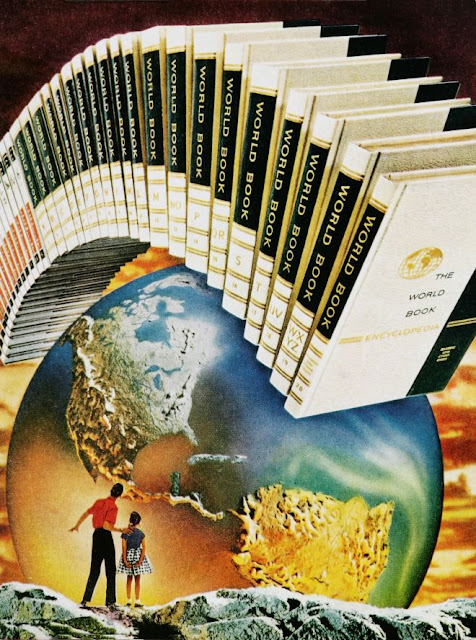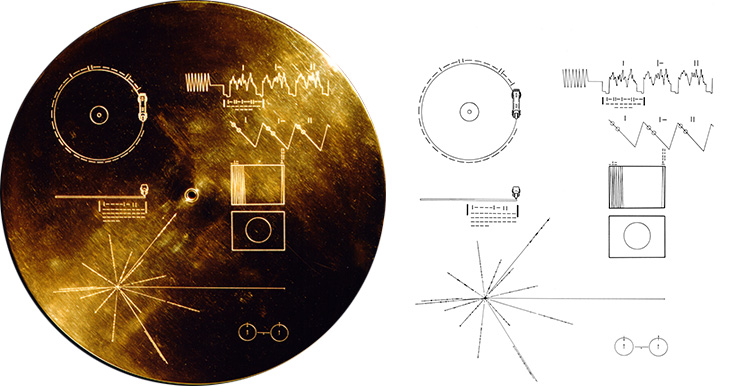 |
| The restored Apple //c mentioned below. |
When did thes place become a retrocumputing blog? I don't know. Somewhere between IBM Selectrics and watches. Even though I am not a computer teacher, I spend most of my days around computers. If you didn't kow I teach Photography now. It was a natural transition (for me) from my life as an English/Yearbook journalism teacher to Photograpy.
For me all hobbies are cyclical.
Retrocomuting is something I did when retrocomuters were just junk. Join me in the mid 1990s.
Being a copmputer hobbyist was fun back then. Roughly 10 years removed from the computer revoltion, modern devices were so advanced that old stuff --the Apples II, Macintoshes, Commodores 64--were plentiful junk. Thrift stores were filled with strange computers that just didn't catch on; piled up and sold pfor pennies for
The mecca of thrifting in Phoenix was a store call Chic and Cheap on Indian School Rd. and 7th Ave. It was a huge place that smelled heavily of cinnamon air freshner, but has some amazing old computer junk. I remember finding an Apple Lisa 2/10 on a shelf for $15. I did buy it and many years later I gave it to a family member. I hope he still has it.
I decided to start collecting at a time when they were cheap and plentiful. That's not the case now. Go on the usual auction sites and they are expensive. OR you are buying junk that you have to fix. I used to be a contender. Here's a little list of all the machines I remember having:
Commodore: Commodore 62, VIC 20, Amiga 500
Apple: IIe, ///, IIc, IIgs (Woz), Lisa, Mac 128k, 512k, 512ke, Plus, SE, SE/30, Mac II
I'm sure that I will remember more as time goes on, but most of them are gone. I still have the SE. I have a Classic from somewhere. That's about it. I can't recall where it all went. Really, it doesn't matter. However, I wanted to get back into retrocoumputing becasue of Where in the World is Carmen Sandiego.
WITWICS was one of my favorite games circa 1984. We had it at school, but the computer at home was a TI99/4a and it definitely wasn't going to get a port. When my father passed the family computer went into a closet and was forgotten. I had always hoped that I would get around to writing a version of the game for the TI. I was young and hoped to make something that would make my dead dad proud. Life and tough memories got in the way and I was interested in other aspects of computers, amateur radio, photography, etc.
History became legend, legend became myth and my retrocomputing passed out of all knowledge. Until, when chance came, I bought a new TI99/4a. My plans for a WITWICS clone came bubbling up and I knew that I wanted to work on that for a while.
But I wanted to playthe original game on vintage hardware to inspire my new version for the TI99/4a.
I needed an Apple II, but I wanted a //c for storage purposes.
To the internet! I found they were all very expensive. After hunting a while I found a rough looking example for a reasonable price (with a powersupply) and ordered it. What ensued is another story for another time, but in all honesty there was Retrobright-ing involved.
In the end I had a machine that could play the first version of WITWICS and do the research for my port to the '99. Will it ever get done? I don't know. It's a big project and the journey is really the destination &c. &c.






































